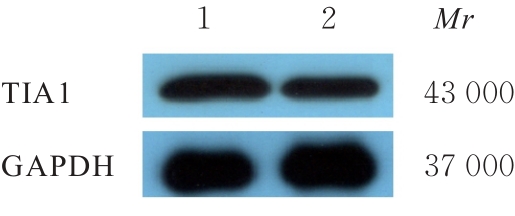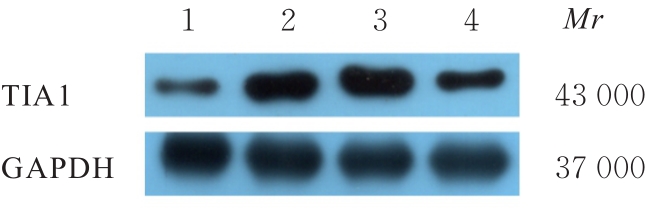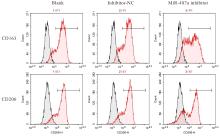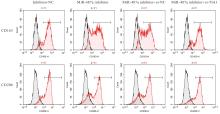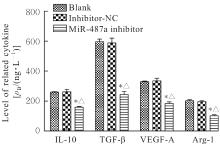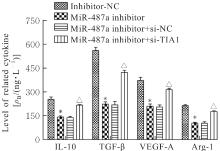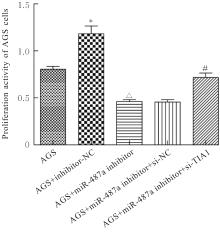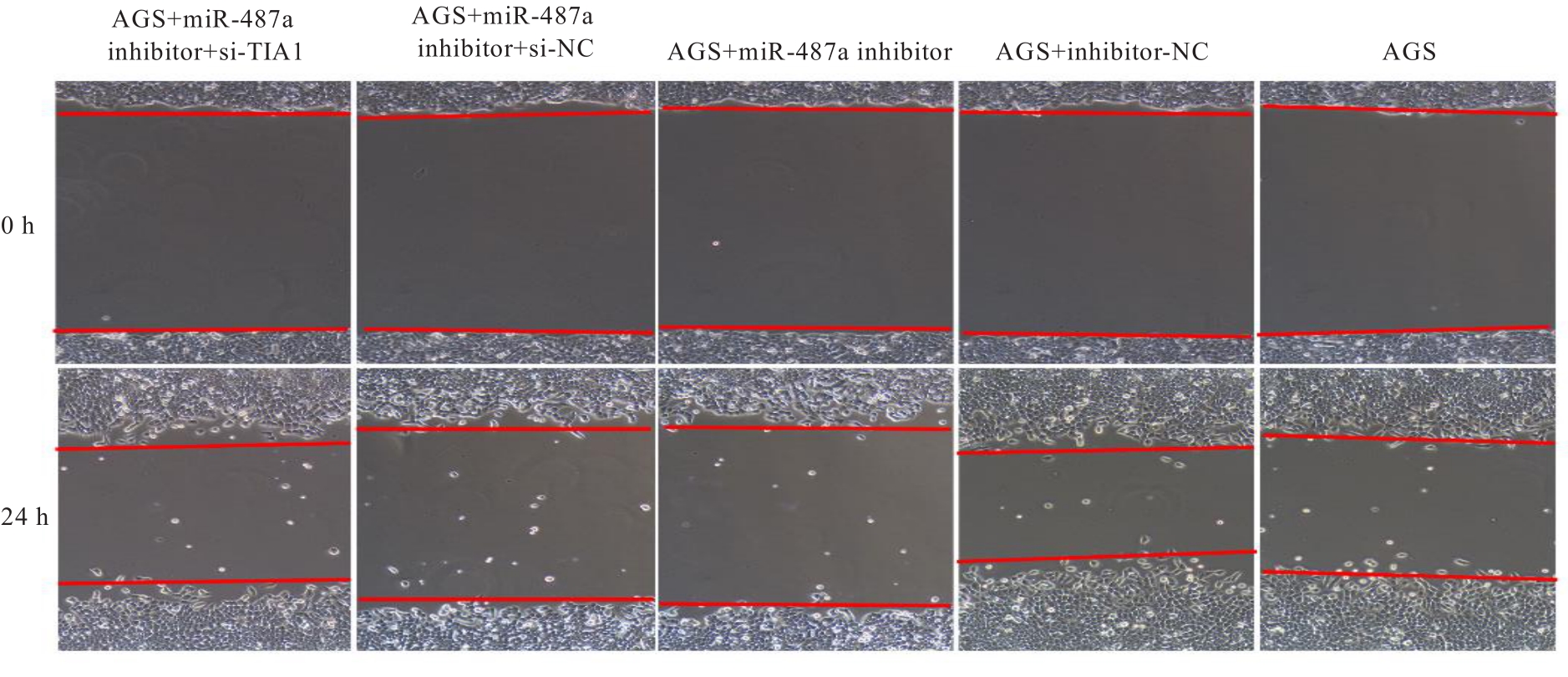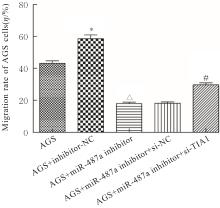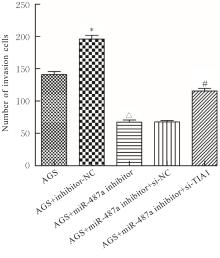| 1 |
SMYTH E C, NILSSON M, GRABSCH H I, et al. Gastric cancer[J]. Lancet, 2020, 396(10251): 635-648.
|
| 2 |
SALVATORI S, MARAFINI I, LAUDISI F, et al. Helicobacter pylori and gastric cancer: pathogenetic mechanisms[J]. Int J Mol Sci, 2023, 24(3): 2895.
|
| 3 |
GUAN W L, HE Y, XU R H. Gastric cancer treatment: recent progress and future perspectives[J]. J Hematol Oncol, 2023, 16(1): 57.
|
| 4 |
PAN Y Y, YU Y D, WANG X J, et al. Tumor-associated macrophages in tumor immunity[J]. Front Immunol, 2020, 11: 583084.
|
| 5 |
MUNIR M T, KAY M K, KANG M H, et al. Tumor-associated macrophages as multifaceted regulators of breast tumor growth[J]. Int J Mol Sci, 2021, 22(12): 6526.
|
| 6 |
RIHAWI K, RICCI A D, RIZZO A, et al. Tumor-associated macrophages and inflammatory microenvironment in gastric cancer: novel translational implications[J]. Int J Mol Sci, 2021, 22(8): 3805.
|
| 7 |
BOUTILIER A J, ELSAWA S F. Macrophage polarization states in the tumor microenvironment[J]. Int J Mol Sci, 2021, 22(13): 6995.
|
| 8 |
GAMBARDELLA V, CASTILLO J, TARAZONA N, et al. The role of tumor-associated macrophages in gastric cancer development and their potential as a therapeutic target[J]. Cancer Treat Rev, 2020, 86: 102015.
|
| 9 |
HO P T B, CLARK I M, LE L T T. MicroRNA-based diagnosis and therapy[J]. Int J Mol Sci, 2022, 23(13): 7167.
|
| 10 |
LIU S Z, ZHAO Y L, ZHAO Y B, et al. The prognostic value of miR-487a in clear cell renal cell carcinoma and its influence on cell biological behavior[J]. Arch Esp Urol, 2022, 75(4): 346-353.
|
| 11 |
LIU Y Q, LIU R, YANG F, et al. MiR-19a promotes colorectal cancer proliferation and migration by targeting TIA1[J]. Mol Cancer, 2017, 16(1): 53.
|
| 12 |
YANG X F, WANG M D, LIN B H, et al. MiR-487a promotes progression of gastric cancer by targeting TIA1[J]. Biochimie, 2018, 154: 119-126.
|
| 13 |
YANG X F, CAI S, SHU Y, et al. Exosomal miR-487a derived from m2 macrophage promotes the progression of gastric cancer[J]. Cell Cycle, 2021, 20(4): 434-444.
|
| 14 |
XIANG X N, WANG J G, LU D, et al. Targeting tumor-associated macrophages to synergize tumor immunotherapy[J]. Signal Transduct Target Ther, 2021, 6(1): 75.
|
| 15 |
ZHENG P M, CHEN L, YUAN X L, et al. Exosomal transfer of tumor-associated macrophage-derived miR-21 confers cisplatin resistance in gastric cancer cells[J]. J Exp Clin Cancer Res, 2017, 36(1): 53.
|
| 16 |
PIAO H Y, FU L F, WANG Y X, et al. A positive feedback loop between gastric cancer cells and tumor-associated macrophage induces malignancy progression[J]. J Exp Clin Cancer Res, 2022, 41(1): 174.
|
| 17 |
GUO J X, LI Z J, MA Q, et al. Dextran sulfate inhibits angiogenesis and invasion of gastric cancer by interfering with M2-type macrophages polarization[J]. Curr Cancer Drug Targets, 2022, 22(11): 904-918.
|
| 18 |
LI Q, WU W, GONG D X, et al. Propionibacterium acnes overabundance in gastric cancer promote M2 polarization of macrophages via a TLR4/PI3K/Akt signaling[J]. Gastric Cancer, 2021, 24(6): 1242-1253.
|
| 19 |
XIE S L, ZHU Y K, WANG S, et al. MiR-151-3p derived from gastric cancer exosomes induces M2-phenotype polarization of macrophages and promotes tumor growth[J]. Chin J Cell Mol Immunol, 2022, 38(7): 584-589.
|
| 20 |
QIU S K, XIE L, LU C, et al. Gastric cancer-derived exosomal miR-519a-3p promotes liver metastasis by inducing intrahepatic M2-like macrophage-mediated angiogenesis[J]. J Exp Clin Cancer Res, 2022, 41(1): 296.
|
| 21 |
GOURDOMICHALI O, ZONKE K, KATTAN F G, et al. In situ peroxidase labeling followed by mass-spectrometry reveals TIA1 interactome[J]. Biology, 2022, 11(2): 287.
|
 )
)

